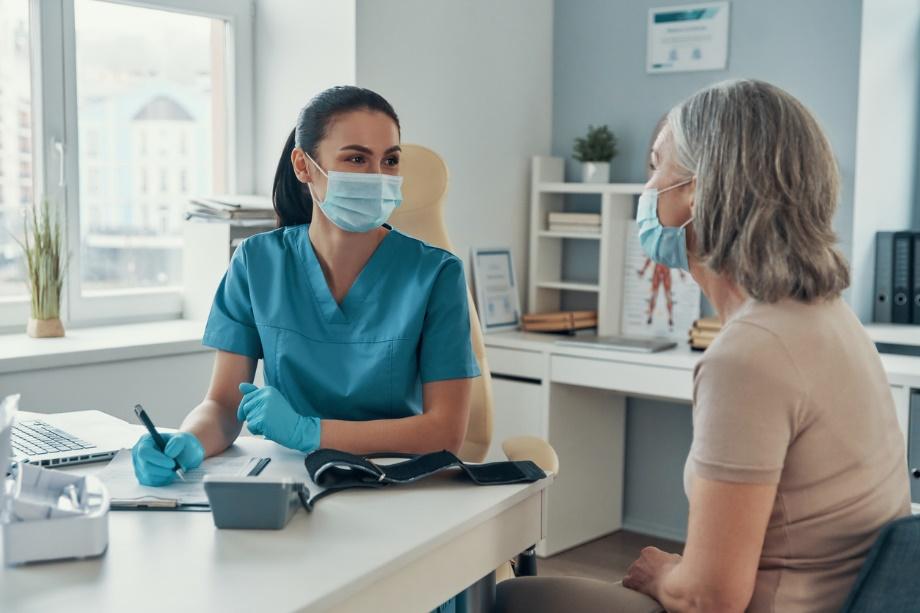
Photo: Brooke Lark / Unsplash
Cooking with kids not only fosters valuable life skills but also presents an opportunity to make nutritious foods enjoyable. Better yet, introducing children to healthy eating habits early in life lays a foundation for a lifetime of wellness. If you choose eco-friendly cookware and wholesome, natural ingredients, you’ll be setting them up with the tools and taste buds they need to navigate adult life without slipping into harmful eating habits.
If that sounds like something you want for your kids, here are six creative and engaging ways to make healthy eating a fun adventure for them.
1. Transform meal preparation into exciting themed cooking adventures
Choose a theme based on a favorite storybook, a specific country’s cuisine, or even a favorite color. Let children explore diverse ingredients and flavors related to the theme, making the cooking process an immersive and educational experience.
2. Encourage creativity by turning mealtime into an art project
Use colorful fruits, vegetables, and other healthy ingredients to create vibrant food art. From constructing funny faces on plates with sliced fruits to crafting animal shapes with veggies, let your imagination run wild. This not only makes healthy foods visually appealing but also sparks excitement about eating them.
3. Blend gardening and cooking
Get your kids excited about growing their own fruits, vegetables, or herbs. Whether it’s a small herb planter on the windowsill, a few plants in the backyard, or an entire veggie garden, this hands-on experience encourages an appreciation for fresh produce. Incorporate the harvested ingredients into meals, allowing kids to witness the entire journey from seed to plate. There truly is nothing quite so satisfying as eating a nourishing meal made from ingredients you grew together.
4. Recipe creation
Empower children to create their own recipes or modify existing ones. Provide a selection of nutritious ingredients and let them experiment. Encourage them to give their recipes fun and imaginative names. This not only fosters a sense of ownership but also nurtures creativity and a positive attitude towards healthy eating.
5. Create cute cooking challenges
Organize cooking challenges or friendly competitions among kids. Set simple cooking tasks or challenges and let them work individually or in teams. Encourage healthy competition but keep the focus on cooperation and teamwork. Celebrate their efforts and creations, promoting a positive association with healthy foods.
6. Engage in storytelling with food
Weave storytelling into cooking sessions by connecting food to stories or cultural anecdotes. Share tales about the origin of a recipe, discuss the cultural significance of certain ingredients, or tell stories from different parts of the world. This not only educates children about different cultures but also makes mealtime an engaging and immersive experience.
Encouraging healthy eating habits involves more than just preparing nutritious meals – it’s about fostering a positive relationship with food. Here are a few additional tips to enhance the experience:
Provide Choices: Offer options and involve kids in decision-making. For example, you could let them choose between two vegetables for a dish or decide on the seasoning for a meal. Doing so empowers them while increasing their enthusiasm.
Make It Hands-On: Allow children to participate in every step of the cooking process, from washing vegetables to mixing ingredients. Hands-on involvement increases their interest and investment.
Praise and Encouragement: Celebrate their efforts and achievements, no matter how small. Positive reinforcement encourages continued participation and fosters a sense of accomplishment.
Cooking with kids is an opportunity to instill a love for nutritious foods while nurturing their culinary skills. By infusing fun and creativity into the kitchen, you can cultivate a positive environment that encourages kids to embrace healthy eating habits with enthusiasm and joy.









